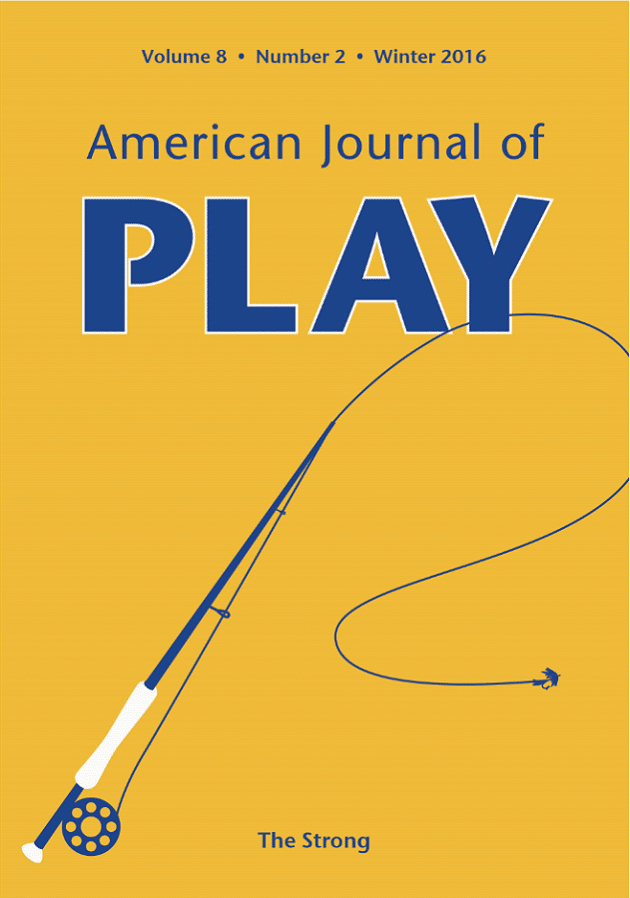Play, Toys, Learning, and Understanding: An Interview with Doris Bergen
Doris Bergen, Distinguished Professor of Educational Psychology Emerita and University Distinguished Scholar at Miami University in Ohio, presently chairs the school’s Educational Leadership Interdisciplinary Doctoral Program. She also served as Educational Psychology Department Chair for eleven years. A former Dean of Graduate Studies and Research at Pittsburg State University, Bergen held the same position at Wheelock College in Boston. Early in her career, Bergen learned the value of play when she directed prekindergarten programs and taught in the elementary grades at various schools in Michigan. In 2000 the ational Association of Early Childhood Teacher Educators named her an Outstanding Early Childhood Teacher Educator. The author of ten books—including the 2016 Technology Play and Brain Development: nfancy to Adolescence and Future Implications—more than forty refereed articles, and thirty book chapters, her research interests have included play and humor in early and middle childhood, the effects of echnology-enhanced toys, the social interactions of children with special needs, humor development in gifted children, and cross-cultural considerations in play. In this interview, Bergen describes herself as a lifelong promoter of play, talks about her formative play experiences, reflects on changes in children’s play, and notes the current urgent need for richer play experiences —especially in pretend play—to enhance the development of social knowledge, empathy, and emotional resilience. Key words: benefits of pretend play; educators and game development; play across cultures; play research; technology-augmented toys




